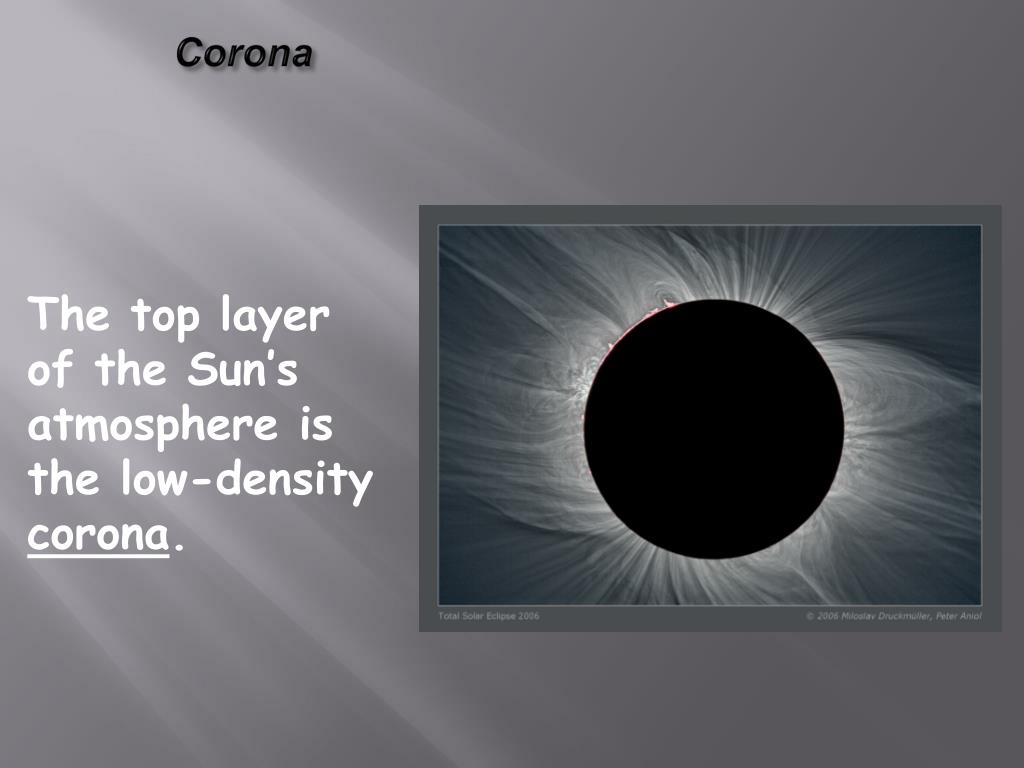
(Padma Yanamandra-Fisher, Space Science Institute) The experiment will map the two-dimensional electron distribution in the inner solar corona, providing new input for models that address the question of why the sun’s atmosphere, the corona, is so much hotter than its surface. (Amir Caspi, Southwest Research Institute)īuilding on the work of Citizen CATE, in which citizen scientists can help gather imagery of the eclipse from wherever they are, scientists will gather additional imagery of the eclipse from two sites - Tetonia, Idaho and Carbondale, Illinois. Two NASA WB-57 planes will take measurements of the solar corona in visible and infrared light in order to better understand how energy moves throughout the sun’s atmosphere. Those studies are listed below, followed by the name of the principal investigator and their home institution. NASA is funding eleven studies that span a range of disciplines, using the total solar eclipse to observe the sun, test new instruments, and even leverage the skills of citizen scientists to expand our understanding of the sun-Earth system. NASA's Parker Solar Probe will launch in 2018 to fly right into the sun’s atmosphere to provide our first-ever direct observations of the corona. NASA missions that will observe the solar corona but will not see the eclipse:ĮSA/NASA’s Solar and Heliospheric Observatory, or SOHO The resulting mosaic image will provide a unique image of the sun’s horizon at very high resolution. In addition, IRIS will obtain a scan of the whole limb which involves about 50 different pointings. IRIS will be sensitive to solar material at temperatures that cannot be seen from the ground, for example, the material in the lower atmosphere at the interface between the chromosphere and corona, which is around 100,000 K. The science obtained from the rare view from the ground can be amplified by IRIS’s space-based observations of the sun’s lower atmosphere – the chromosphere – as well as the loops of solar material, called prominences, visible over the sun’s limbs. During the transits, IRIS will perform calibrations on its instruments.ĭuring the rest of the time IRIS will focus on coordination with ground-based efforts observing the eclipse. 21, 2017 – each time for about 15 minutes. NASA solar missions that will observe the moon as it passes in front of the sunĭue to its orbit in space, IRIS will witness the moon pass in front of the sun several times on Aug. Most of the imagery, with the exception of that from the Solar Dynamics Observatory, will not be available in real time, but will be shared publicly within a few days after the eclipse. Several NASA missions will capture observations of the sun from space during the 2017 eclipse. The word comes from chromo-or “color”-for the way this layer appears during eclipses: a thin, crimson ring around the edge of the sun, in contrast with the darkened moon and pearly-white corona. It is only visible during total solar eclipses or with sophisticated telescopes. The chromosphere is a thin layer of the sun’s atmosphere that lies just below the corona, and about 3,100 miles (5,000 km) above the photosphere. During a natural total eclipse, however, lower parts of the corona can be seen in a way that still cannot be completely replicated by current technology.Įclipse observations are important for understanding why the sun’s atmosphere is 1 million degrees hotter than its surface, as well as the process by which the sun sends out a constant stream of solar material and radiation, which cause changes in the nature of space and may impact spacecraft, communications systems, and orbiting astronauts. To study the corona, scientists use special instruments called coronagraphs, which mimic eclipses by using solid disks to block the sun's face.

When the moon blocks the sun’s face during a total solar eclipse, the corona is revealed as a pearly-white halo around the sun. It is made of tenuous gases and is normally hiding in plain sight, overwhelmed by the bright light of the sun’s photosphere.

The corona is the outer atmosphere of the sun.

The brochure identifies key features in the sun’s atmosphere that you may observe during totality. Our 2017 eclipse brochure has a composite image of the sun on the back. But during an eclipse, the moon blocks out that intense light, allowing scientists to observe the much dimmer solar atmosphere. Under normal circumstances, the bright yellow surface of the sun, called the photosphere, is the only feature we can observe. Eclipse: Who? What? When? Where? and How?Ī total solar eclipse presents a rare opportunity to observe the corona and chromosphere, the two outer most layers of the sun’s atmosphere.


 0 kommentar(er)
0 kommentar(er)
